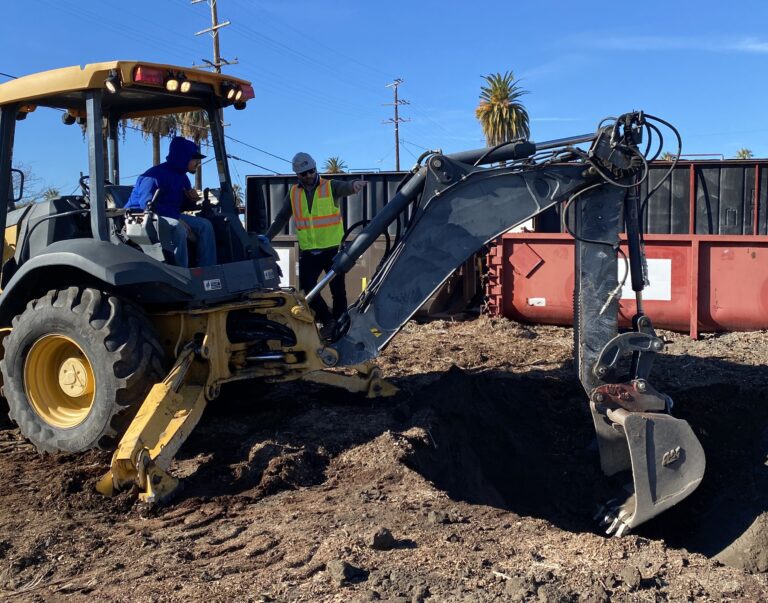Cation
Cation: In the fields of chemistry and geochemistry, a cation is a positively charged ion. The oppositely charged ion is an anion.
Cation: In the fields of chemistry and geochemistry, a cation is a positively charged ion. The oppositely charged ion is an anion.

Connate Water Definition Connate Water: In geology, connate water is groundwater that has been trapped within the pore space of a sedimentary rock since its original deposition. Connate water is also referred to as “fossil water” due to a long history of non-exposure.

Critical Void Ratio The “Critical Void Ratio,” in soil science and geology, represents the final void ratio of a soil sample, at ultimate strength. And Critical Void Ratio is achieved by the loose and dense samples of the same soil post-shearing.

Environmental Professional Definition Environmental Professional: As per the EPA’s All Appropriate Inquiries Rule, an environmental professional is an environmental consultant that has an accredited education in earth or natural science, at least five years of formal training under another environmental professional, a professional state license, and maintains expert knowledge in the environmental geology, sustainability, and…

Rock Stratigraphic Unit In the field of geology, a rock stratigraphic unit, or a lithostratigraphic unit, is a geologic formation that is identifiable by a specific lithology, as well as a consistent stratigraphic position. For example, the Monterey Formation is a rock stratigraphic unit, as it tends to consistently comprise the same gravel and sand…

Confined Aquifer Confined Aquifer: In the hydrogeology branch of geology, a confined aquifer is an aquifer that is overlain (and underlain) by a layer of low permeability, such as clay, shale, or silty clay. In fact, the two confining layers contain the storage and flow of groundwater, such that the aquifer maintains hydraulic pressure (or…

Anion Anion: In the fields of chemistry and geochemistry, an anion is a negatively charged ion. The oppositely charged ion is a cation.